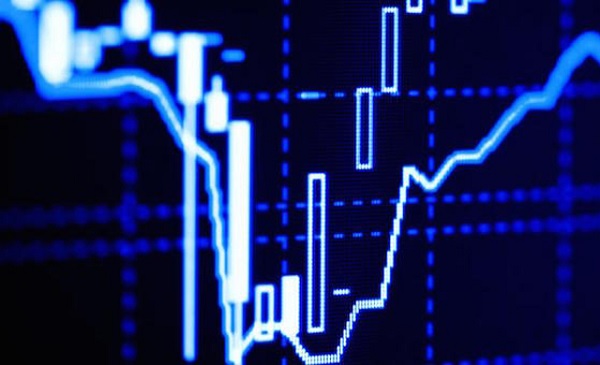
In the dynamic world of trading, two primary methodologies often dominate the discourse: naked chart trading and the use of technical indicators. Each approach has its own set of advantages and disadvantages, attracting different types of traders based on their preferences and experience levels.
Naked chart trading, also known as price action trading, involves analyzing raw price movements on a chart without the aid of technical indicators. This method hinges on recognizing patterns, trends, and key support and resistance levels directly from the price chart. One of the main advantages of naked chart trading is its simplicity and clarity. By stripping away the clutter of numerous indicators, traders can focus solely on price movements, leading to clearer decision-making and a more intuitive grasp of market behavior. Additionally, naked chart trading offers direct market feedback, allowing traders to better understand market sentiment and anticipate future price movements. This adaptability is particularly beneficial in fast-moving or highly volatile markets. However, the approach is not without its challenges. Interpreting price action can be highly subjective, often resulting in inconsistent decision-making. The learning curve is steep, requiring significant experience and practice to accurately identify and interpret price patterns. Furthermore, without the guidance of objective indicators, traders may fall prey to emotional biases, such as chasing losses or overreacting to short-term price movements.
In contrast, technical indicators are mathematical calculations based on historical price, volume, or open interest data. Commonly used indicators include moving averages, Relative Strength Index (RSI), and Bollinger Bands, which help traders identify potential entry and exit points. Technical indicators offer clear, rule-based signals that can help remove emotional bias from trading decisions, promoting a more disciplined and consistent approach. They are also user-friendly, with many trading platforms offering built-in indicators, making them accessible to traders of all experience levels. These indicators enable traders to quantify market conditions and trends, aiding in backtesting and developing systematic trading strategies. However, technical indicators have their drawbacks. Since they are based on past price data, they often lag behind current market conditions, which can result in late entry or exit points and potentially reduce profitability. Over-reliance on indicators can lead to a lack of understanding of underlying market dynamics, causing traders to miss important context provided by price action alone. Moreover, the use of multiple indicators can create conflicting signals, leading to analysis paralysis and difficulty in making decisions.
Ultimately, the choice between naked chart trading and technical indicators depends on individual trader preferences, experience levels, and trading goals. Naked chart trading appeals to those who prefer a minimalist and direct analysis of price movements, though it requires a deep understanding of market behavior and can be challenging for beginners. Technical indicators, on the other hand, offer structure and objectivity, making them suitable for traders who favor clear, rule-based signals. Many successful traders find a balance by incorporating elements of both approaches, using price action as a foundation while employing technical indicators to enhance their analysis and confirm trading signals. This hybrid approach provides a more comprehensive view of the market, leveraging the strengths of both methodologies to make informed trading decisions.
